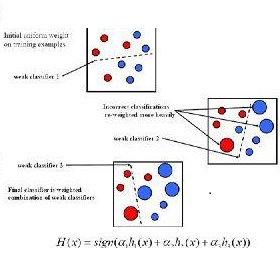The user persona is a communication tool for designers to generate a mental model that describes the archetype of users. Developing building occupant personas is proven to be an effective method for human-centered smart building design, which considers occupant comfort, behavior, and energy consumption. Optimization of building energy consumption also requires a deep understanding of occupants' preferences and behaviors. The current approaches to developing building occupant personas face a major obstruction of manual data processing and analysis. In this study, we propose and evaluate a machine learning-based semi-automated approach to generate building occupant personas. We investigate the 2015 Residential Energy Consumption Dataset with five machine learning techniques - Linear Discriminant Analysis, K Nearest Neighbors, Decision Tree (Random Forest), Support Vector Machine, and AdaBoost classifier - for the prediction of 16 occupant characteristics, such as age, education, and, thermal comfort. The models achieve an average accuracy of 61% and accuracy over 90% for attributes including the number of occupants in the household, their age group, and preferred usage of heating or cooling equipment. The results of the study show the feasibility of using machine learning techniques for the development of building occupant persona to minimize human effort.
翻译:用户人是一个沟通工具,设计设计者可以生成一种描述用户类型的精神模型。开发建筑占用者个人被证明是人为中心的智能建筑设计的有效方法,该设计考虑到住客的舒适、行为和能源消耗。优化建筑能源消耗还需要深入了解占用者的偏好和行为。目前开发建筑占用者个人的方法在人工数据处理和分析方面面临重大障碍。在本研究中,我们提议和评价一种基于机器学习的半自动方法,以产生建筑占用者。我们用五种机器学习技术调查2015年住宅能源消耗数据集:线性差异分析、近距离感应器、决定树(兰多森林)、支持矢控器机器和AdaBoost分析器,以预测16个占用者特性,如年龄、教育、和热舒适。模型平均精确度达到61%和准确度超过90%的属性,包括住户数量、其年龄组、使用机器热力或冷却设备的可能性学习结果。



